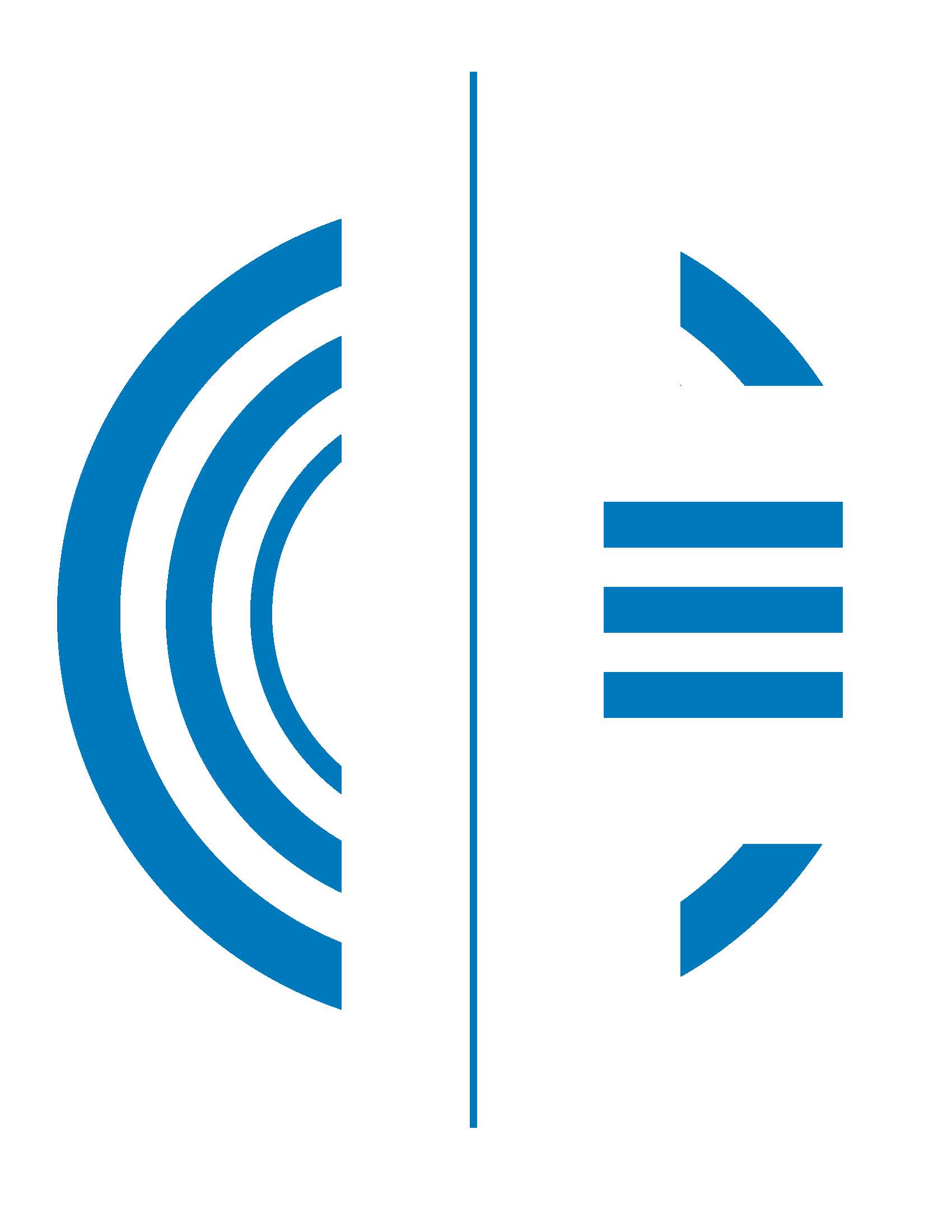Is your building powered correctly?

The commercial buildings of today – and most certainly the buildings of tomorrow – require power.
From the ease of scalability to safety to cost savings from increased efficiency, how your network is powered and deployed is becoming more important by the day.
Jason Bautista, a solution architect for Cloud and Hyperscale Solutions at CommScope®, spoke to exactly that at a recent presentation Capital Electric attended. It was essentially a “State of the Nation” focused on the evolution of commercial buildings related to four key trends driving the transformation of the spaces we occupy every day:
- Hyperconnectivity
- Bandwidth
- Power
- Design adaptability
While the central ideas and benefits around hyperconnectivity, bandwidth and design adaptability are important to understand, they’re also somewhat self-explanatory. A more thoroughly connected, high-speed and low-latency network powered by 5G, cloud and IoT endpoints is better for business.
Ditto for increased bandwidth and the design adaptability that makes it all possible.
Power, on the other hand, was an illuminating discussion to listen in on in many ways. And worth diving into deeper when thinking about what it means for your building’s network – today and into the future.
Just think for a second about the devices already connected to your network. Whether it’s a school, hospital or office campus chances are your telecomms room is bursting at the seams. Now, consider the new gear you’re contemplating and the promised tech of tomorrow that you’ve been keeping tabs on.
Networks get smarter but do not get smaller. Power distribution has to keep up.
Let’s look at a typical healthcare facility, for example. It’s not uncommon for your run-of-the-mill hospital to have more than 60 separate low voltage subsystems running concurrently. More and more of those systems are being powered via PoE, or power over ethernet, which is almost single-handedly keeping copper cabling alive. The need for widespread power to disparate systems is what keeps us from switching entirely to fiber connections throughout our buildings.
Making buildings “smart” is therefore about next-gen tech and how it’s powered. As the number of cables dropped to individual workstations decreases the number of cables in our ceilings grows.

The trend now is to lay out a cabling grid in the ceiling space that facilitates additions to the network on the fly. That could entail adding wireless access points for better coverage and throughput. Perhaps adding cameras for security or digital signage for branding and guest education. And, of course, sensors.
Sensors accommodate just about anything you can imagine: occupancy of rooms, daylight monitoring, water and/or vapor presence, noises and temperatures just to get you started.
Each and every device you add consumes power – and power creates heat. Keeping those PoE cabling installations safe is imperative.
The good news, something Jason echoed and that we’ve been preaching, is that your existing cabling infrastructure can deliver that power safely and effectively if some basic best practices are employed:
- Use only reputable sources for cables, jacks and panels
- They must be UL (Underwriters Laboratories) listed for safety. This is particularly important if you’re buying off the internet. Just because UL is in the jacket print does not mean it’s actually UL certified. UL has special hologram labels to ensure compliance with flame standards.
- Never use Copper Clad Aluminum conductors – they simply cannot handle the heat from PoE power (and they’re not compliant with TIA standards or approved for use by the NEC)
- Remember, people live and work in the buildings you cable. What happens if a fire breaks out? Do your cables make the problem worse and actually spread the fire?
- Do your own flame test. This is not scientific, or standards-based, but if you do buy from unknown or non-reputable sources, take a sample of the cable and light it with a torch. Does the flame go out once you remove the torch? It should. Immediately. If it doesn’t, ditch it and buy certified materials. Safety is priceless.
- Keep your cable bundles small
- No more than 24 cables per bundle. Using bundles of 24 cables aligns well with patch panel layouts to keep things organized and allows heat to dissipate from even the cables in the center of the bundle.
- Consider using Cat6A cable
- The larger conductor offers greater power carrying capability than the Cat6 cable which makes heat less of a concern.
Give us a call to learn more about futureproofing the power that brings your cabling infrastructure to life.
